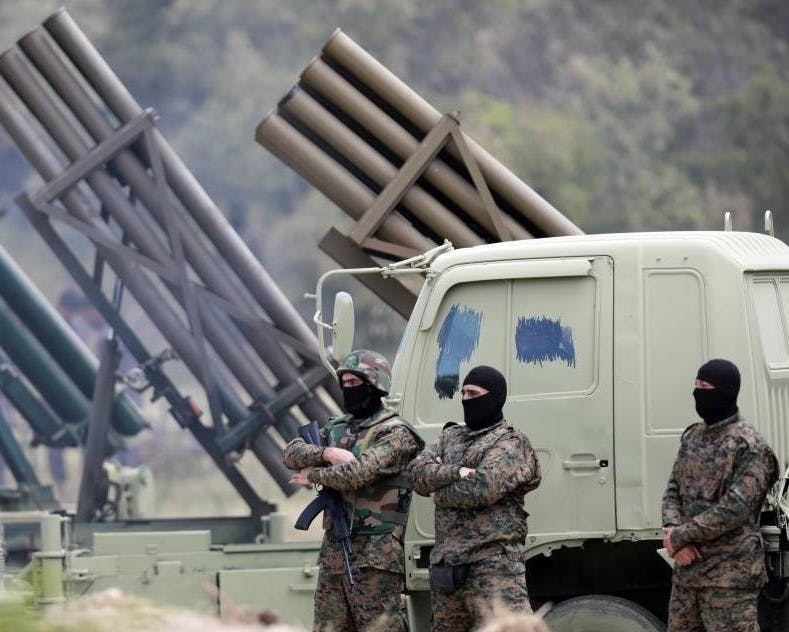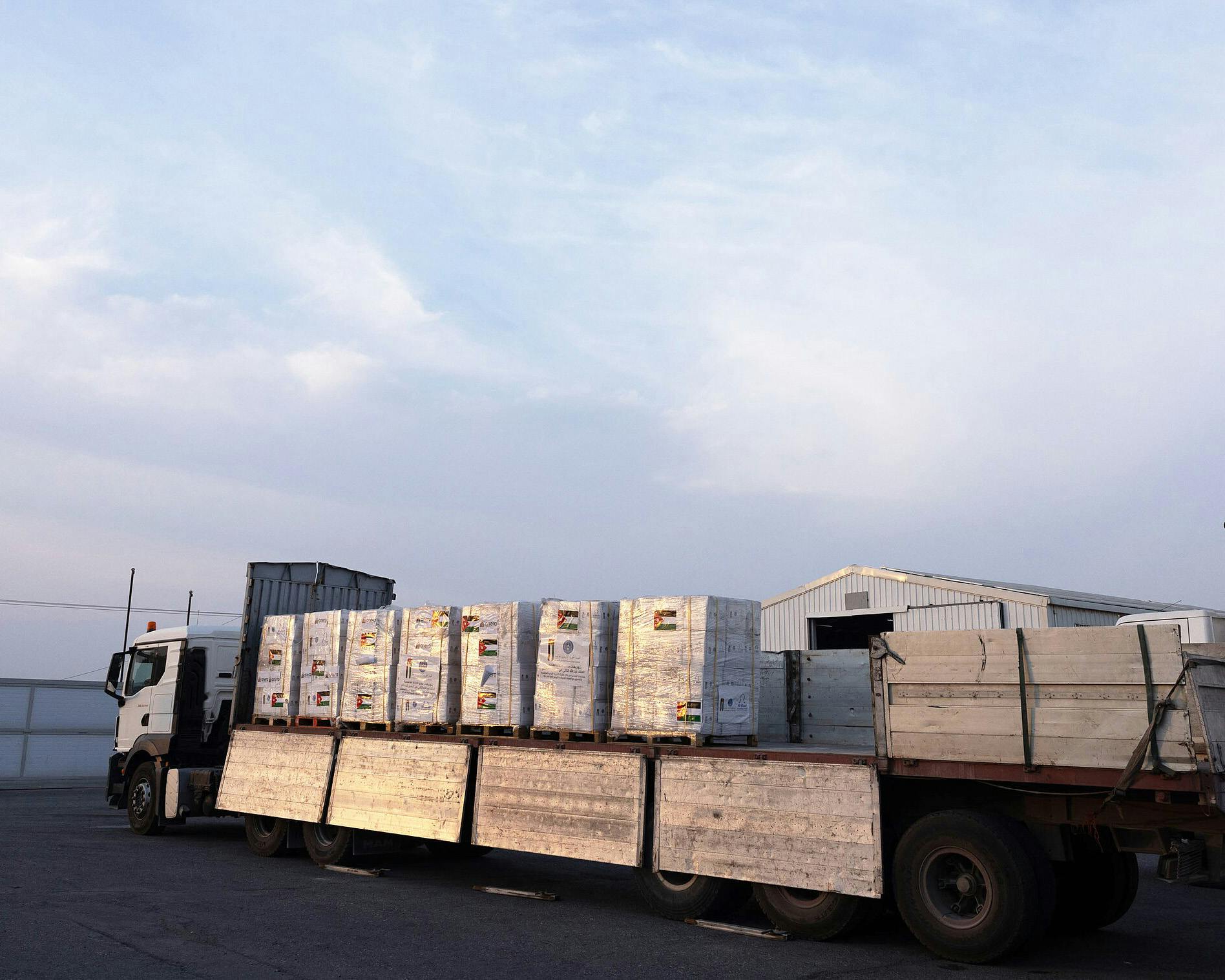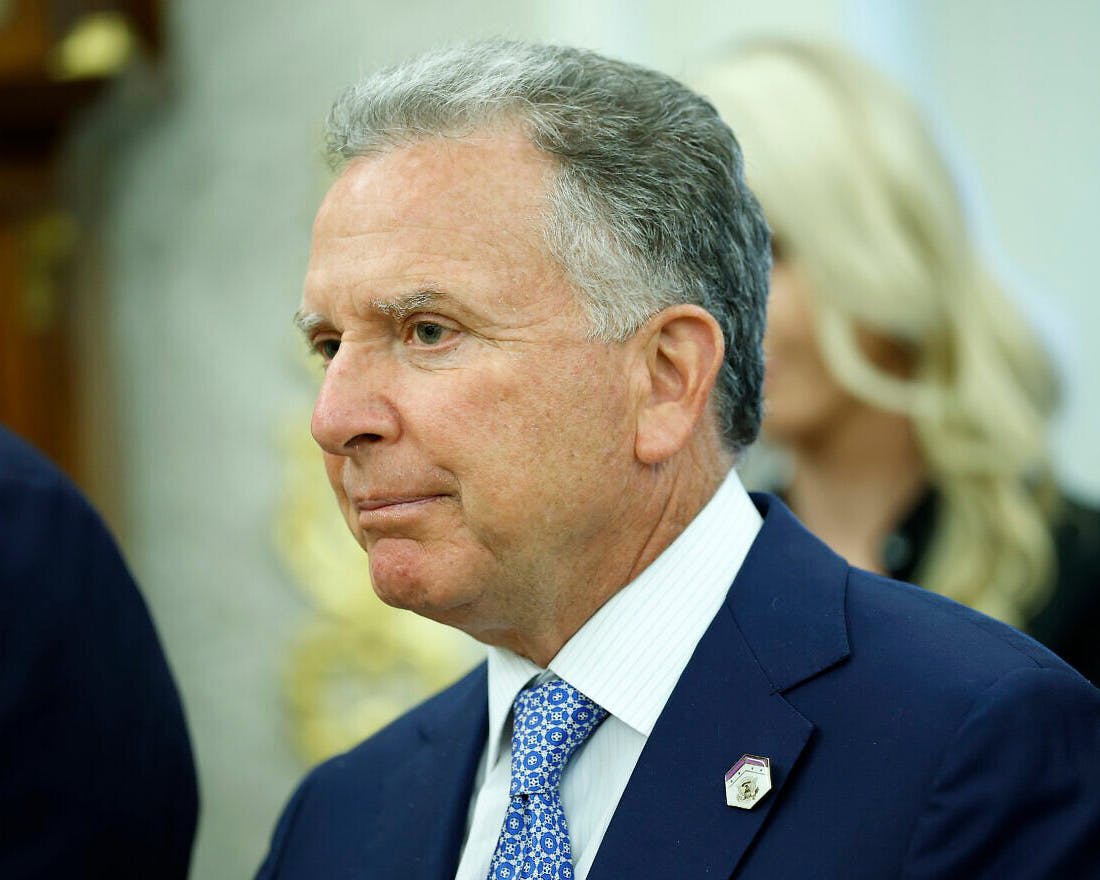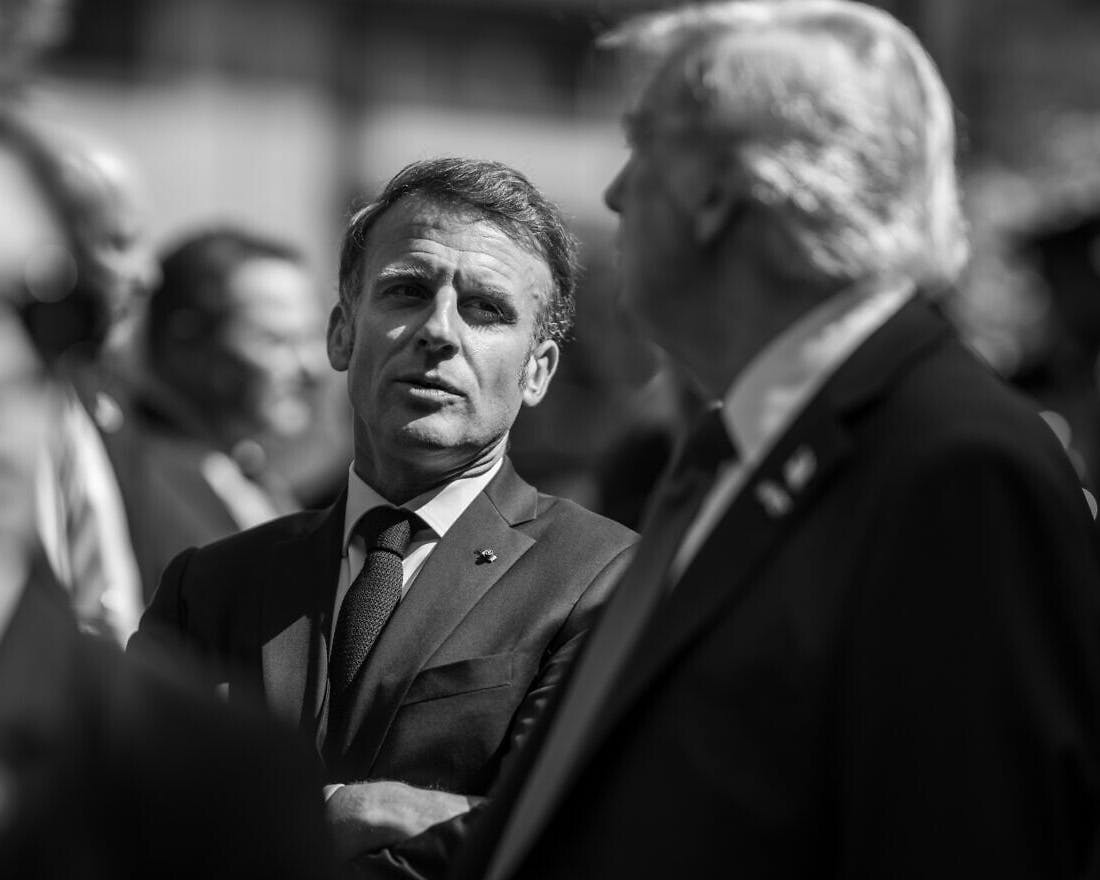Rumors of Hezbollah's Fall Are Premature: 'We Cannot Let the Monster Grow Again'


Thursday, 24 April 2025 | In the 148 days since a ceasefire was reached on the northern front, IDF has eliminated approximately 140 Hezbollah operatives of various ranks—an average of nearly one operative per day. This figure, along with an overview of military activity in southern Lebanon, demonstrates that Israel is taking the policy established before the agreement very seriously. The agreement was signed after a year of exchanges of fire, widespread destruction in border communities, and a ground operation that claimed the lives of some of Israel's finest soldiers.
In recent days, there has been a focus on targeted strikes in Lebanon's southern region. Among those eliminated was Hassan Ali Nasser, the deputy commander of Hezbollah's Unit 4400, who was involved in smuggling weapons and funds into Lebanon in cooperation with Iranian elements. On Tuesday, Hassan Izzat Mohammed Atwi, a senior figure in the Islamic Jama'a organization linked to Hamas in Lebanon, was also killed. Atwi had planned attacks against Israel and was involved in rocket launches. Additionally, the IDF struck several rocket launchers and Hezbollah infrastructure in the Nabatieh area. In the Al-Adaisa compound, the engineering officer of the organization also was targeted.
These developments indicate that rumors of Hezbollah's collapse were premature. The organization, which lost much of its senior leadership in a series of assassinations that reshaped the conflict, is now working to smuggle weapons and funds, including through Beirut's airport. Hezbollah has also not abandoned its efforts to independently produce drones and other equipment. The organization understands that it will struggle to conceal its military buildup and is attempting to move weapons away from areas likely to be directly targeted.
On the strategic level, Hezbollah is attempting to rebuild its command and control structure, including reorganizing its headquarters, regional commands, brigade commanders and field officers. This is seen as a preliminary step toward rebuilding its military capabilities, including the Radwan Unit, a skilled force intended to capture Israeli settlements, which emerged from the war battered and weakened.
Additionally, Hezbollah is operating internal economic infrastructures ("money routes") to channel resources despite Lebanon's economic crisis and the restrictions imposed by the international community.
The IDF is not only monitoring these developments but is actively working to prevent them from becoming renewed threats. There has also been a shift in the stance of the Lebanese state and its army. "The situation is still evolving, and we must act constantly to prevent the monster from resurfacing," said a senior military official. He added, "There are significant areas where the Lebanese army is enforcing measures against Hezbollah far more than we expected before the ceasefire, but we always want more."
Recent Israeli strikes have sparked angry reactions in Lebanon—not against the IDF, but against Hezbollah. Local bloggers and journalists have accused Hezbollah of dragging the country into unnecessary conflicts and have expressed fears of a new escalation.
Lebanese President Joseph Aoun is interested in disarming Hezbollah and integrating its forces into the Lebanese army. While elements within Hezbollah oppose this demand, they are forced to tread carefully, especially as the influence of the Iranian axis has diminished. It seems that Hezbollah is also closely watching the ongoing talks between the United States and the Iranian regime. A nuclear agreement, if signed, could provide the terrorist organization with renewed momentum, which Israel has worked to strip away.
(Excerpt of an article originally published by Ynetnews on April 23, 2025. Time-related language has been modified to reflect our republication today. See original article at this link)
https://www.ynetnews.com/article/byyvmbiygx#autoplay
Photo License: Wikimedia
Related Resources

Discover Your Purpose and God’s Heart For You
In today's divided, turbulent world, it's essential for the Church to rediscover God's heart. Our free e-book, authored by a seasoned expert with three decades of experience in Israel, delves deep into the teachings of Jesus (Yeshua) to reveal God’s principles of love and purpose. Learn how embracing these truths can bring significance and impact to your life, even amidst chaos. Subscribe now to receive your free copy and embark on a journey of transformation.




